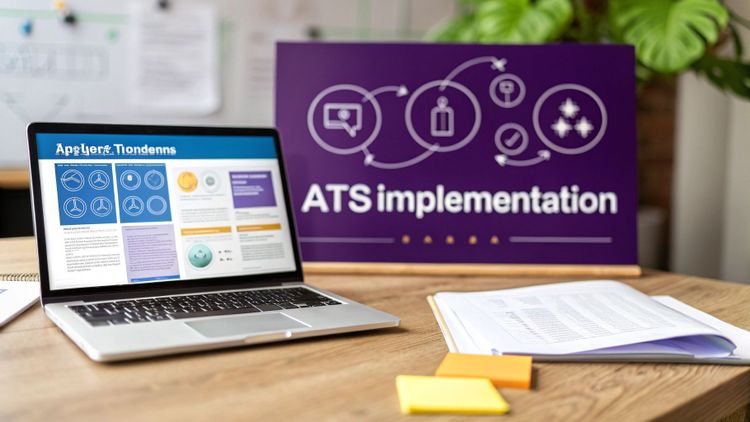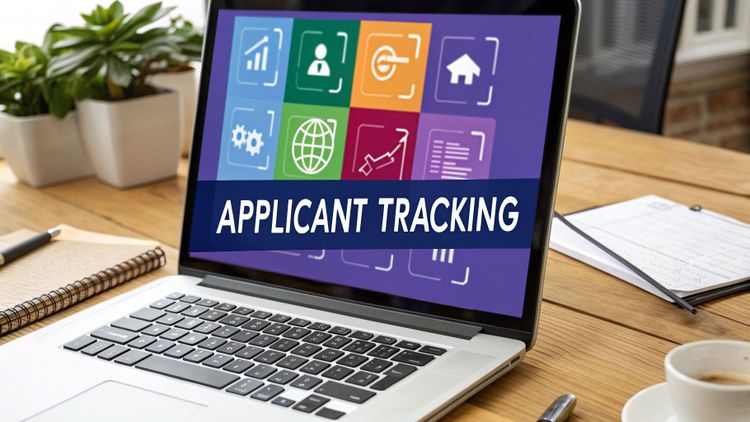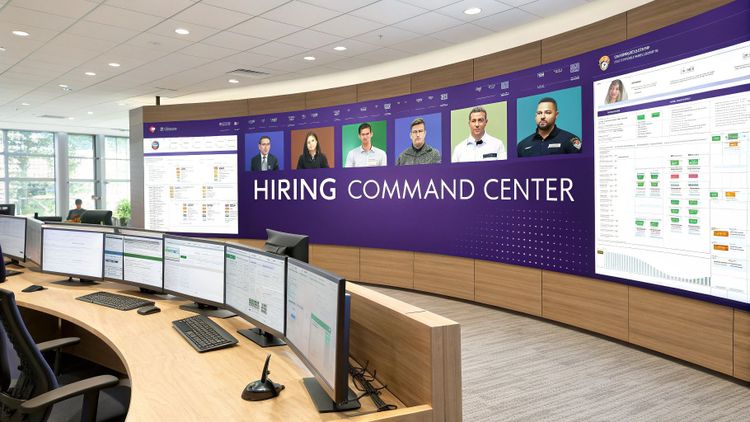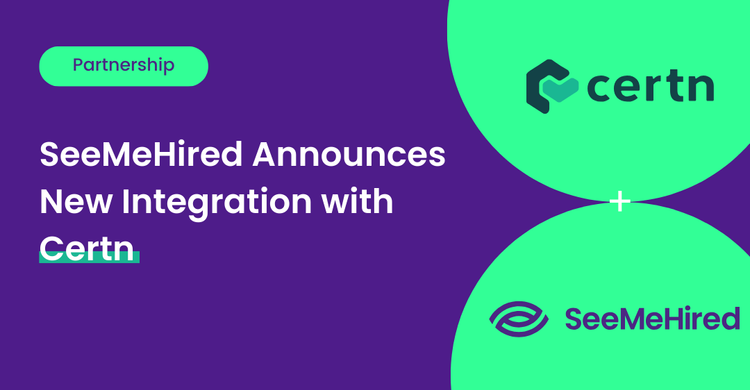HR Tech
How to Switch to a New ATS in 5 Easy Steps

Switching to a new applicant tracking system can be a big step towards making your HR processes more efficient and effective. Unfortunately, it’s not always easy.
After all, the larger your organisation, the more things you have to take care of. Plus, if you’ve been using the same system for a while, you probably already have a lot of data such as candidate personal details, current and past job vacancies, communication and other information that you need to migrate. With these, the entire process becomes complex and the switching cost gets higher.
In this article, we’ll talk about how to make your experience when switching to a new ATS go much smoother.
If you're hiring for multiple roles and receiving many applications, things can get overwhelming quickly. Download this applicant tracking system template to stay organised and keep all relevant information in one place.
1. Do Your Research
In any organisation, changing a central process or system will typically result in lost hours, decreased productivity and other hidden costs. Such consequences are inevitable, but you can try to reduce the damage.
The first thing you should do is make sure the switch is worth it in the first place. You can do that in three steps.
Document Your Issues
It’s important to thoroughly evaluate what problems you’re facing with your current ATS. After all, if you’re thinking of switching to a new ATS, there must be something lacking in your current one.
Identifying those issues and writing them down will help you make better choices. Ask the following questions:
- Which parts of your current ATS are inefficient?
- Which features of your current ATS could be better?
Write Down Your Goals
Your goals don’t just refer to the features that you want in your new ATS. It also means ATS-related key performance metrics (KPIs) that you want to improve.
Here are some possible goals:
- Reduce time-to-hire
- Minimise costs
- Increase diversity of final-round candidates
- Create more relevant shortlisting procedures
- Enhance the candidate experience
You can further categorise your goals between “Need to have” and “Nice to have.”
This list is essential because it builds the foundation for the next step, which is choosing the most suitable ATS for you.
Identify the Right ATS for Your Needs
Now that you’ve documented your issues with your current ATS and identified precisely how a new ATS should help your HR processes, you can now begin the exciting task of choosing your next system.
When choosing your next ATS, cast your net far and wide. Take a look at all the possible ATS alternatives and make sure to pull no punches. Read reviews, talk to customer representatives and schedule demos if possible.
Most importantly, compare everything you learn to your previous list. The best choice for you should check all the “Need to have” features and most of the “Nice to have” ones.
2. Backup Your Existing ATS Data
Now that you’ve done your due diligence and have chosen the best ATS for your needs, you’re probably eager to start using it in your operations.
But while you can immediately reap the benefits of a superior ATS, it’s not a good idea to just jump right in.
Switching to a new system carries a certain measure of risk. For one, it might not work well with your current hardware and tools, and two, the new platform might still be confusing for you and the other employees. Lastly, you don’t want to risk losing data as you cancel your existing system.
Whatever the case, it’s very easy to lose critical files in this period of instability. Of course, nobody wants that to happen, so make sure you keep external backups of all your relevant data.
3. Start the Onboarding Process
Now that you’ve insured yourself against the worst, it’s time to actually start the onboarding process.
This period allows you and your team to have a good grasp of the system. You can also accomplish basic, essential tasks during this time, such as recreating your previous templates and uploading candidate information.
Some applicant tracking systems like SeeMeHired have a dedicated onboarding service to help you and your team transition as smoothly as possible. They will provide training materials and even live training sessions for your convenience.
For the onboarding sessions, make sure that all the relevant people are present. At this point, you can also send a message to all relevant employees informing them about the switch.
4. Cancel Your Current Subscription
If everything goes well, you’ll have no more need for your current ATS subscription. Be sure to give them a call for cancellation ideally before your next billing cycle.
Before doing that, make sure you double-check everything one last time. At this point, you should’ve already made a backup of everything and all relevant data should be in the new ATS.
5. Ensure Your New ATS is Being Used
Last but certainly not least, you should ensure that your new ATS is utilised properly. Check to see if all relevant team members have access to the ATS and are able to use it fully.
Remember, the system will become more valuable the more you use it, so give it time. Three months should be enough to decide whether you have the correct product for you.
At this point, try to gather feedback about your team’s experience with the new ATS. Use their input to evaluate whether it’s living up to your expectations and goals.
Switching to a New ATS
Making the switch to a better system will help your company achieve greater goals – but the path to this can be long and complex.
To make sure that you have the best experience possible, do your due diligence, create backups, go through the onboarding procedure properly, cancel your current ATS subscription, and check in regularly to ensure the new implementation is going well.
As mentioned above, an excellent new ATS can take your company to new heights. SeeMeHired.com can help make the process of switching to a new ATS faster, easier, and hassle-free. With features such as job description templates, automated communication, diversity and inclusion, and more, you’ve got everything you can possibly need in an applicant tracking system. Schedule a free demo today to get started!




















